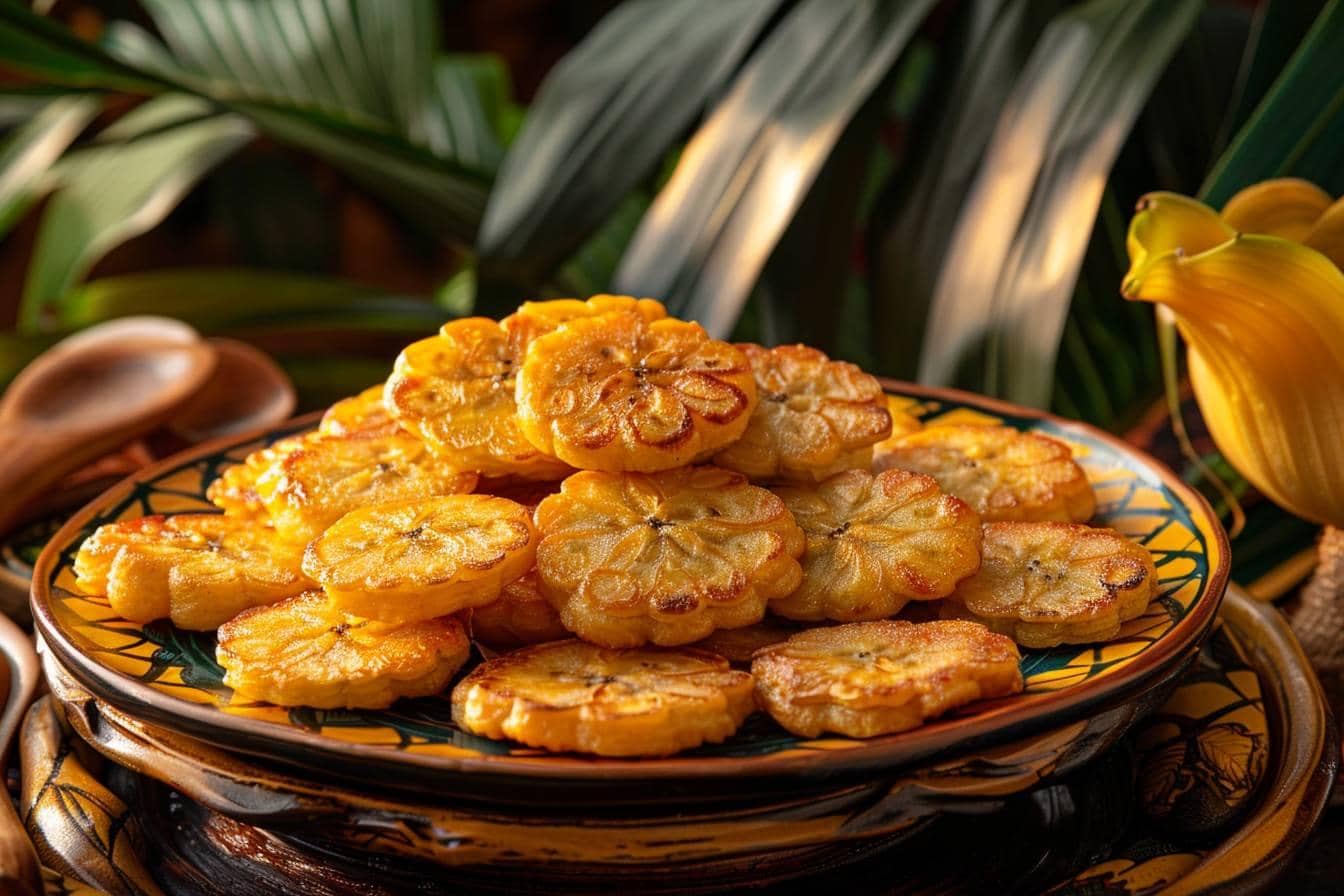As I sit here in my temporary office in Chiang Mai, the aroma of spices wafting through the window reminds me of another culinary adventure I had during my travels.
Today, I want to take you on a journey to Puerto Rico, where I discovered the mouthwatering delight known as pasteles.
These little parcels of flavor are not just food; they’re a cultural experience that will transport your taste buds to the heart of the Caribbean.
In this article
- Unraveling the mystery of Puerto Rican pasteles
- The art of crafting Puerto Rican pasteles
- Savoring the flavors of Puerto Rico
Unraveling the mystery of Puerto Rican pasteles
Pasteles are a quintessential Puerto Rican dish that holds a special place in the island’s culinary tradition. These savory bundles are a labor of love, often prepared during the holiday season, especially around Christmas. As I learned during my stay with a local family in San Juan, making pasteles is more than just cooking—it’s a cherished ritual that brings generations together.
The composition of pasteles is genuinely fascinating. The outer layer, the masa, is a dough made from a blend of starchy vegetables. Typically, this includes :
- Green bananas
- Green plantains
- Yautía (taro root)
- Yuca (cassava)
- Pumpkin or squash
- Sometimes potato
This unique combination creates a texture unlike anything I’ve tasted before. The filling is equally impressive. It is traditionally made with succulent pork seasoned with a flavorful blend of sofrito, achiote oil, garlic, onion, and oregano. Some variations include chicken or even vegetarian options using chickpeas or lentils.
What truly sets pasteles apart is their presentation. They’re meticulously wrapped in banana leaves and parchment paper, then tied with string. This method imparts a subtle flavor and creates a visually striking package that’s a joy to unwrap.
The art of crafting Puerto Rican pasteles
While in Puerto Rico, I had the privilege of joining a local family for their annual pastel-making gathering. It was an eye-opening experience that gave me a deep appreciation for the skill and patience required to create these delicious parcels.
Making pasteles is labor-intensive but also a beautiful expression of community and tradition. Here’s a simplified breakdown of the steps involved :
- Prepare the masa by grating or processing the vegetables and removing excess moisture
- Season the meat filling and let it marinate for optimal flavor
- Assemble the pasteles using an efficient assembly line method
- Wrap each pastel carefully in banana leaves and parchment paper
- Tie the packages securely with string
- Boil the pasteles for 45-90 minutes, depending on whether they’re fresh or frozen
One of the most valuable tips I learned was that the process can be spread over 2 to 3 days to make it more manageable. This approach allows for better time management and ensures that each step receives the attention it deserves.
Here’s a handy table summarizing the key components and their preparation methods :
| Component | Main Ingredients | Preparation Method |
|---|---|---|
| Masa | Green bananas, plantains, root vegetables | Grated, processed, moisture removed |
| Filling | Pork, chicken, or vegetarian alternatives | Seasoned, marinated |
| Wrapper | Banana leaves, parchment paper | Cleaned, cut to size |

Savoring the flavors of Puerto Rico
The moment of truth comes when it’s time to enjoy these culinary masterpieces. Pasteles are often served as part of a more enormous feast, particularly during Christmas.
They pair wonderfully with other Puerto Rican staples like pernil (roast pork) and arroz con gandules (rice with pigeon peas).
As I sat down to my first authentic pastel experience, I was struck by the complexity of flavors.
The masa has a subtle sweetness that perfectly complements the savory filling. Some locals enjoy their pasteles with a dollop of ketchup or a dash of hot sauce, adding an extra layer of taste to the rich flavor profile.
What fascinated me most was how pasteles represent a beautiful blend of African, Spanish, and Taíno influences. This fusion of culinary traditions is a testament to Puerto Rico’s rich cultural heritage. It’s not just food; it’s edible history.
For those who can’t make it to Puerto Rico, fear not! Pasteles can be frozen for up to 6 months, making them a perfect souvenir to bring back home. Remember to pack them carefully in your luggage—you don’t want to miss out on reliving this delicious experience.
As I continue my journey around the world, tasting local delicacies and immersing myself in different cultures, I often think back to those warm Puerto Rican kitchens.
The laughter, the stories, and the incredible aromas of pasteles being prepared are memories I’ll cherish forever. Experiences like these remind me why I fell in love with travel in the first place—the opportunity to connect with people through the universal language of food.

